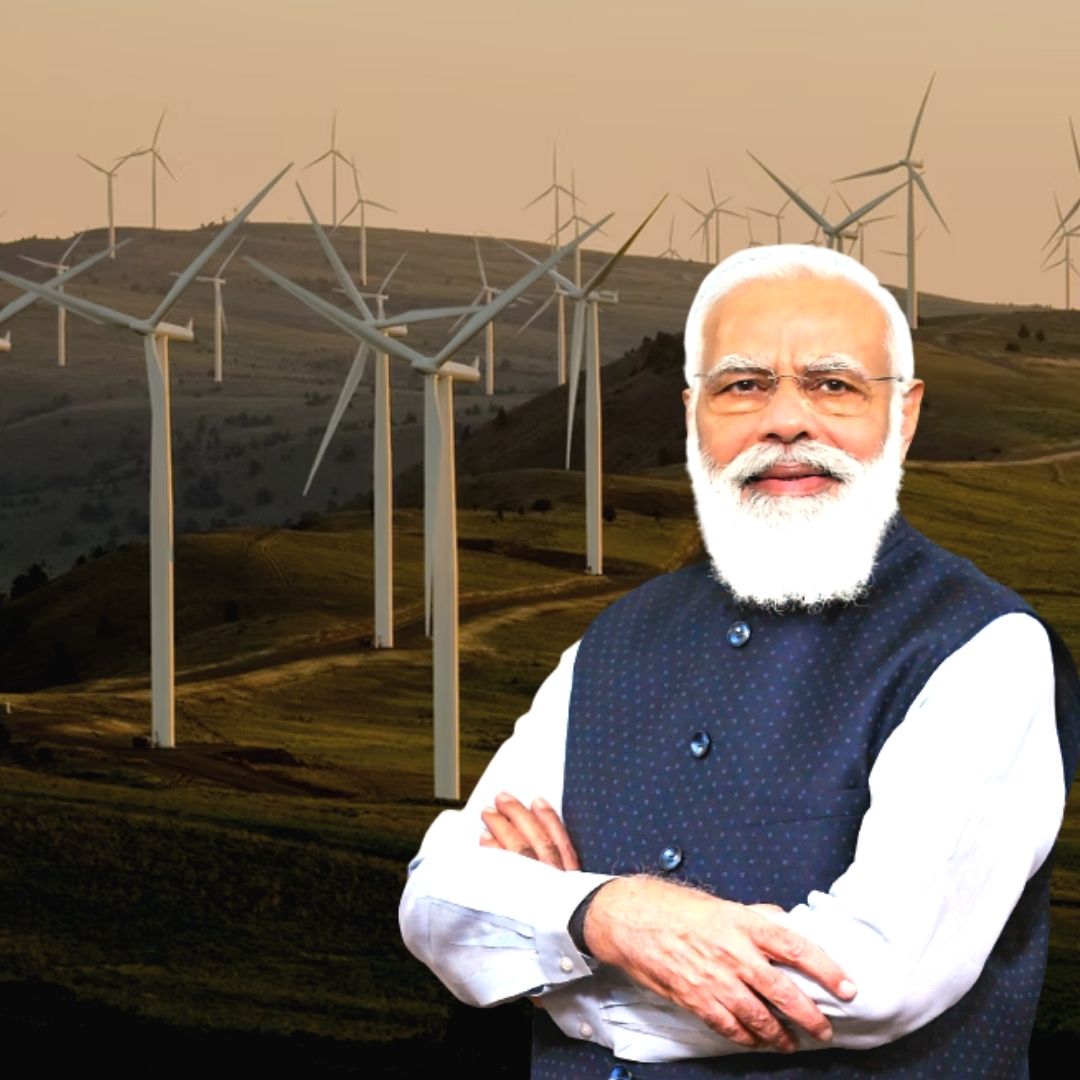Cabinet Approves Rs 12,000 Cr For Green Energy Corridor Phase II
Writer: Shweta Singh
She is a Journalism graduate from Delhi University, She has previously worked as a voice over artist for various cuisines and clothing brands. She is specialised in content writing, hosting anchoring and voice over.
India, 7 Jan 2022 10:35 AM GMT | Updated 22 March 2022 7:13 AM GMT
Editor : Shiva Chaudhary |
A post-graduate in Journalism and Mass Communication with relevant skills, specialising in content editing & writing. I believe in the precise dissemination of information based on facts to the public.
Creatives : Shiva Chaudhary
A post-graduate in Journalism and Mass Communication with relevant skills, specialising in content editing & writing. I believe in the precise dissemination of information based on facts to the public.
The scheme Green Energy Corridor Phase II is targeted to be set up with an enormous cost for setting up transmission projects for supplying electricity from renewable energy projects.
On Thursday, the Cabinet Committee on Economic Affairs (CCEA), chaired by Prime Minister Narendra Modi, approved the scheme on Green Energy Corridor (GEC) Phase-II for Intra-State Transmission System (InSTS). The plan is targeted to be set up with a total estimated cost of Rs 12,031 crore and Central Financial Assistance (CFA) @ 33 per cent of the project cost, i.e. Rs. 3970.34 crore for setting up transmission projects for supplying electricity from renewable energy projects.
Green Energy Corridor Phase II
Under the scheme, around 10,750 circuit kilometres of transmission lines and around 27,500 Mega Volt-Amperes (MVA) transformation capacity of sub-stations will be added, the press release stated. The second phase of the transmission corridor will supply 20 GigaWatt of renewable energy in seven states, namely, Gujarat, Himachal Pradesh, Karnataka, Kerala, Rajasthan, Tamil Nadu and Uttar Pradesh.
After the cabinet meeting, Anurag Thakur, the Minister of Information and Broadcasting, informed the media that the second phase would be implemented between 2021-22 and 2025-26. He added that 80 per cent work of phase one had been completed, and the central assistance to the project is 33 per cent of the total investment. He also added that German state-owned investment and development bank group KfW, the world's largest national development bank, would provide the loans for the scheme, reported NDTV.
The move came in the backdrop of the PM pledging at Glasgow's COP26 summit held in November to meet 50% of India's energy requirements from renewable energy by 2030 and increasing non-fossil fuel power generation capacity to 500GW by the end of this decade.
The government ensures the effective injection of electricity so that infirm sources such as wind and solar do not cite any threat to the national grid. These corridors form a vital component to ensure that the grid frequency always remains within the 49.90-50.05 Hz (hertz) band. Also, recently, an Automatic Generation Control (AGC) has been made operational, sending signals to power plants every four seconds to maintain frequency and ensure the reliability of India's power system.
States That Are Part Of The Project
The first phase of the green energy corridor is already being implemented in Andhra Pradesh, Gujarat, Himachal Pradesh, Karnataka, Madhya Pradesh, Maharashtra, Rajasthan and Tamil Nadu. It will help supply around 24 GW of renewable energy by 2022.
India has achieved its NDC target with a total non-fossil based installed energy capacity of 157.32 GW, 40.1% of the total installed electricity capacity. Solar, wind, and hydropower account for 48.55 GW, 40.03 GW, and 51.34 GW, respectively. Also, India's nuclear energy-based installed electricity capacity stands at 6.78 GW. Also, 63 GW of renewable energy capacity is under various construction phases, and installed power capacity from non-fossil fuels is expected to go up to 66% by 2030, reported Hindustan Times.
Also Read : Padma Shri Awardee Uddhab Bharali Accused Of Raping Foster Girl, Denies Allegations; Gets Bail
 All section
All section














